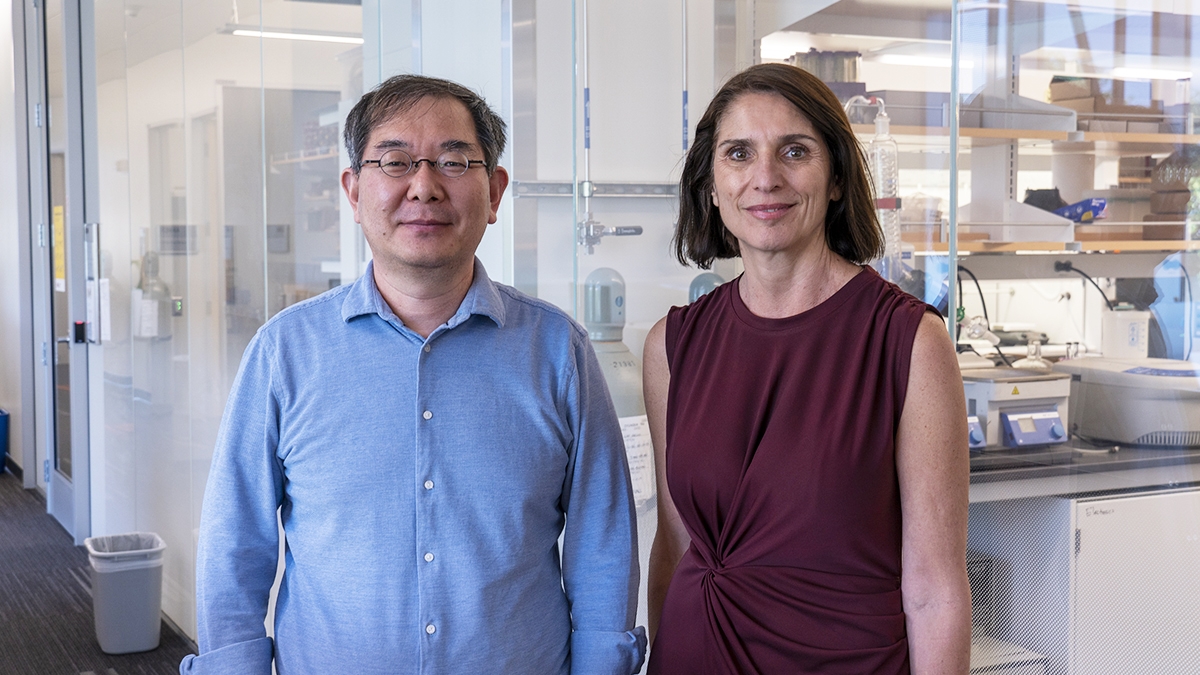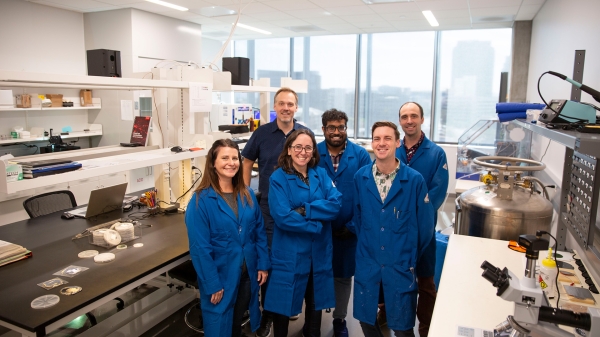ASU researchers develop artificial enzyme to harness light for renewable energy systems

Harnessing energy from light and transforming it into other usable forms is fundamental to many renewable energy systems as well as the production of clean fuels. Research and development of efficient artificial photosynthesis to develop clean fuels and sequester carbon dioxide from the atmosphere are primary goals and challenges of future renewable energy systems. Key components of these systems include the development of artificial enzymes capable of catalyzing the oxidation of water and transferring electrons as part of a renewable energy system.
Using an artificial enzyme embedded in a transparent, conductive material, researchers at Arizona State University's School of Molecular Sciences report in Catalysts their success in developing a highly efficient system to convert light energy into chemical energy.
“The artificial enzyme we used is based on the protein cytochrome c, but with a cobalt atom in place of the iron atom in the bound cofactor; this simple substitution enables catalysis of water oxidation,” said Carla Casadevall, lead author on the paper.
Casadevall, who has since earned her PhD, was a visiting graduate student in School of Molecular Sciences Professor Giovanna Ghirlanda’s lab.
“Carla’s expertise was on small-molecule catalysts, and at ASU she learned to work with proteins; her combination of these areas facilitated the development of this system, integrating a cobalt-containing active site into a protein matrix that tuned the environment around the active center to allow for enhanced oxygen evolution," Ghirlanda said.
This innovative system converts light energy into chemical energy by transferring electrons with an efficiency of 97% within an electrochemical cell. To accomplish this, the new protein was absorbed onto transparent antimony-doped tin oxide (ATO) developed in School of Molecular Sciences Professor Don Seo’s lab, which allows passage of light and simultaneously conducts the electrons produced in the reaction to the other side of the electrochemical cell — in this case producing hydrogen.
Ghirlanda explained the significance of this research: “Mixed systems in which protein-based catalysts interfaced directly with electrodes can be used to convert solar light into electricity and/or chemicals and fuels, by coupling the electrons obtained on one side of the reaction to a second set of reductive catalysts that can convert carbon dioxide and other substrates to valuable chemicals. Transparent, conductive materials such as those developed by Professor Seo are key to developing this technology.”
“This paper is a clear example of the crosspollination environment at (the School of Molecular Sciences) in which the knowledge and skills of, for example, protein experts integrate discoveries in engineering and molecular catalysis to produce an emergent semiartificial catalyst with superior performance," said Tijana Rajh, director of the school. "This exemplifies why ASU is ranked as No. 1 in innovation for the sixth year!”
More Science and technology

ASU professor honored with prestigious award for being a cybersecurity trailblazer
At first, he thought it was a drill.On Sept. 11, 2001, Gail-Joon Ahn sat in a conference room in Fort Meade, Maryland.…

Training stellar students to secure semiconductors
In the wetlands of King’s Bay, Georgia, the sail of a nuclear-powered Trident II Submarine laden with sophisticated computer…

ASU startup Crystal Sonic wins Natcast pitch competition
Crystal Sonic, an Arizona State University startup, won first place and $25,000 at the 2024 Natcast Startup Pitch Competition at…